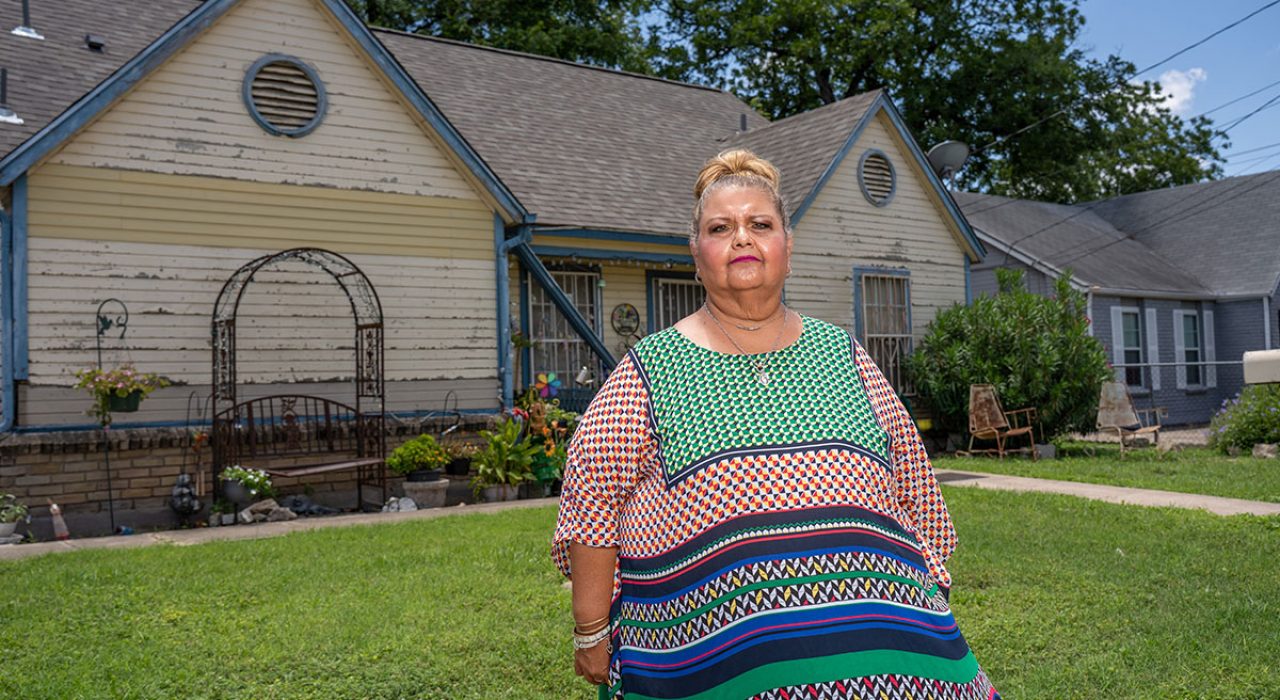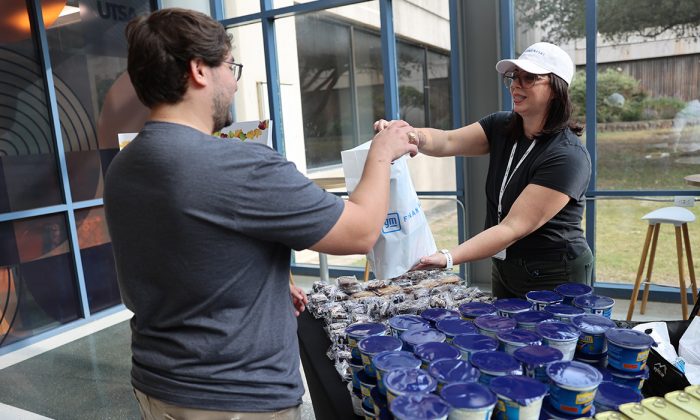When some residents of San Antonio’s Historic Westside neighborhood come home after a long workday, it’s not unusual for them to walk into a sweltering home that has been sitting all day unventilated and without air-conditioning. As a result, they often endure dehydration, cramps, heat exhaustion and heatstroke.
Living in hot conditions is the norm for many of these residents, says Esteban López Ochoa, assistant professor in urban and regional planning in the Klesse College of Engineering and Integrated Design.
“Several of them say they have heat stroke once or twice during the summer,” López Ochoa says. “It is not fair nor efficient to have a large section of the population normalizing suffering heatstrokes in the summer due to extreme heat conditions in their own homes. And housing conditions are a greatly overlooked issue that needs to be prioritized.”
In 2023, 2,325 Americans died from heat, the most in 20 years, according to a study published in the Journal of the American Medical Association (JAMA) by Jeffery Howard, associate professor of public health from the College for Health, Community and Policy. Since 1999, more than 21,518 people have died nationwide.
Read more on Sombrilla Magazine Online to learn how UT San Antonio researchers are looking at ways to bring some relief to those most susceptible to extreme urban heat.



